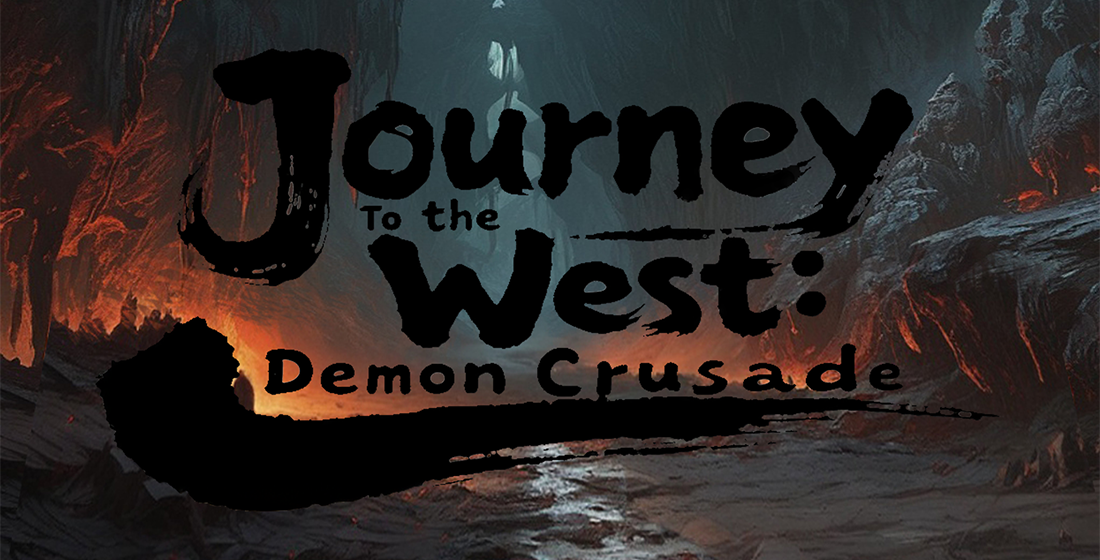Welcome! If you've landed on this page by searching something like idle games or sandbox games, then boy oh boy, are you in for a treat — and perhaps a bit of surprise too. I'm telling ya, this trend isn't about flash-in-the-pan fun, but a serious shift happening right inside mobile game ecosystems that's making folks go, “Wait, is idle the new interactive?" Let’s unpack that.
Beneath Idle? More Than Meets the Eye
| Gaming Style | User Engagement (Avg. Hr/Wk) | Downtime Activity % | Prominence Since 2019 (Up/Down Trend?) |
|---|---|---|---|
| Traditional FPS | 5-7 hours | <1% | Mild decline |
| Sandbox Simms | 2–3 hours regular + background | ~15% | Rising steadily |
| IDLE Mechanics-based games | 1 hour active + tons of background runs | >65% users engaged while inactive | Doubling year-over-year since 2021 |
How did idle sneak up us unnoticed?
- No thumb-wrangling, literally. You do stuff and just wait (like cooking noodles while Netflixing)...
- You feel progress even after switching tasks. Like earning crypto dividends on your staking app — it happens whether you're checking in constantly or not.
- Perfect fit for micro breaks. No loading time stress. Instant dopamine kicks.
Why Are Players Loving IDLE These Days
We can talk tech, but what really hooks people is this: It satisfies three core human desires all without demanding your focus. Sound contradictory? Think again:- Absentee成就感 (Achievement sans effort) Achievement despite minimal effort: You still see progression bars moving — and they’re fast! So you're like, "Wow, am I actually upgrading my farm even while binge watching Squid Game Episode X?"
- The Zen factor of low-pressure gameplay: Ever gotten so burned playing Ea Sports FC 25 sliders you had wrist fatigue AND eye strain next day? Yeah… not ideal when commuting via metro at peak hour.
- Mobility matched with flexibility: These work great while riding the subway, waiting at the grocery line… even mid-conversation. It’s a kind-of ‘quiet second activity,’ unlike say Call Of Duty where a momentary glance away could cost lives – including yours in multiplayer deathmatch 😅.
What Developers Love: Game Maker Studio to Indie Devs, It’s A Go-To Playground
Want an easy example for Game Maker Studio rpg tutorial beginners? How bout this — create a fantasy economy simulation where your goblin character sells magical mushrooms. That’s possible within minutes if designed using GMS 2.x, even for indie teams who can’t afford massive 3D engines like Unity or Unreal unless their investor just dropped a $1 mil check 🤑 Here’s what’s neat:- Minimal art budget needed – most idle setups have retro pixel art anyway (NFT vibes included).
- You can plug ad revenue easily – banners don’t disrupt experience much.
- The loop of auto-upgrading systems teaches developers how players interact without constant action sequences getting involved – very good practice especially if you plan future Sandbox Games.
Chef kiss emoji moment: Once you build one IDLE concept well (say Cookie Clicker-style but niche targeted), adding variations takes almost half development energy compared to building full RPG from scratch.
Idle Framework Pros & Cons Quick Check
Socially Passive But Community Rich? Is This Possible?
Cutting Edge: The Real Evolution Path Starts Here
Tapping passive income streams during offline phases: Example, in-game AI-run mines yield rare minerals which get unlocked post-daily watch time limits or ads completion once every ~3 log insBetter rewards for consistency than bursty behavior:| Frameworks | ||
|---|---|---|
| ▲ Low Input Dependency (perfect casual) | ✗ Limited Depth Unless Carefully Designed | |
| Great Revenue Model Potential (ads + IAP synergy here works!) | Could Lose Users Fast With Unoptimized Auto-play Balance | |
| Cross-Promotional Opportunities Within Genre Are High | Scales Worse With Core Multiplayer Systems | |
| Mechanisms | Core Difference | Real-world examples | Best Suited Developer Profiles? |
|---|---|---|---|
| Fully Passive Systems | User gets upgrades/results without opening app | Farkle Up! | Newcomers wanting minimal maintenance costs over time |
| Active-passive Hybrids | Limits rewards if left too long | Idle Miner Tycoon | Middleweight dev studio focused on retaining moderate session frequency |
| Multi-strategic idle-sims | User builds different structures, each contributing uniquely overtime | Coffee Shop Empire, Monster Kingdom | Veteran solo devs comfortable with complex economic balance design (aka balancing RNG+progress paths manually) |
If we’ve peaked your interest (especially around Game maker studio rpg tutorials) let me give shoutout to some underrated tools:
- YoYo Studio's Marketplace Plugins: Cheap ways for UI popups and event scheduling without hardcore coding,
- Trello templates aimed at modular content drops (weekly events keeping passive loops fresh!) by community managers, plus..
- Discord bots auto-triggered based upon player rank milestones reached outside active sessions
The Final Word:
In conclusion: The idle games phenomenon isn't just quirky distraction. This genre is shaping our mobile expectations rapidly. By reducing complexity while preserving progression, they tap a niche audience looking to relax rather than race clocks.
They bridge social sharing opportunities subtly. Combine them with clever sandbox principles (like player-created environments affecting passive economies) — and you get sustainable experiences fitting today's lifestyle better.
So yeah... no need to panic that you're behind trends. The beauty here's you never *have* been — because nobody expects you actively to chase progress constantly 😊 Whether you code your first prototype this evening via Game maker studio rpg tutorials, or start leveling your bakery while walking dogs... either way, enjoy the quiet power-up grind.


